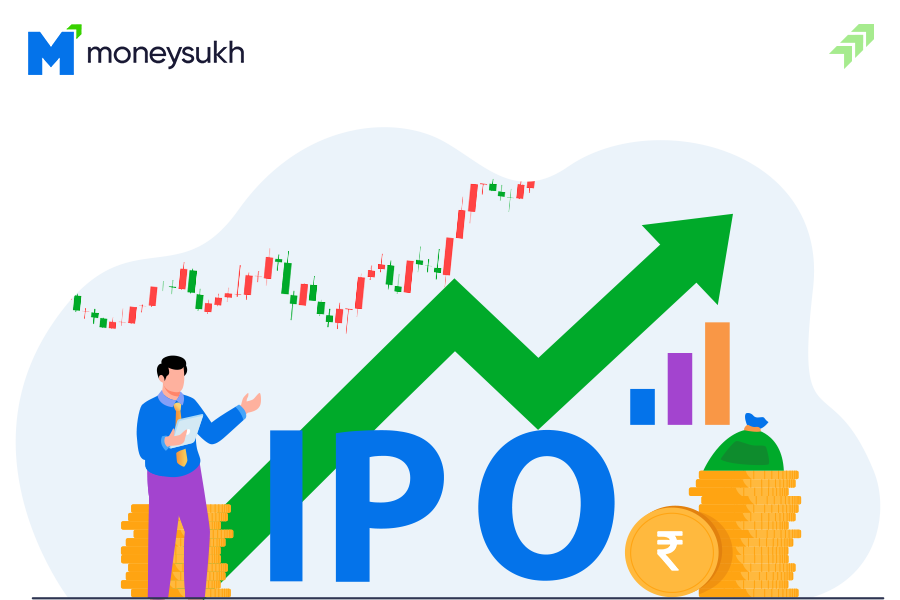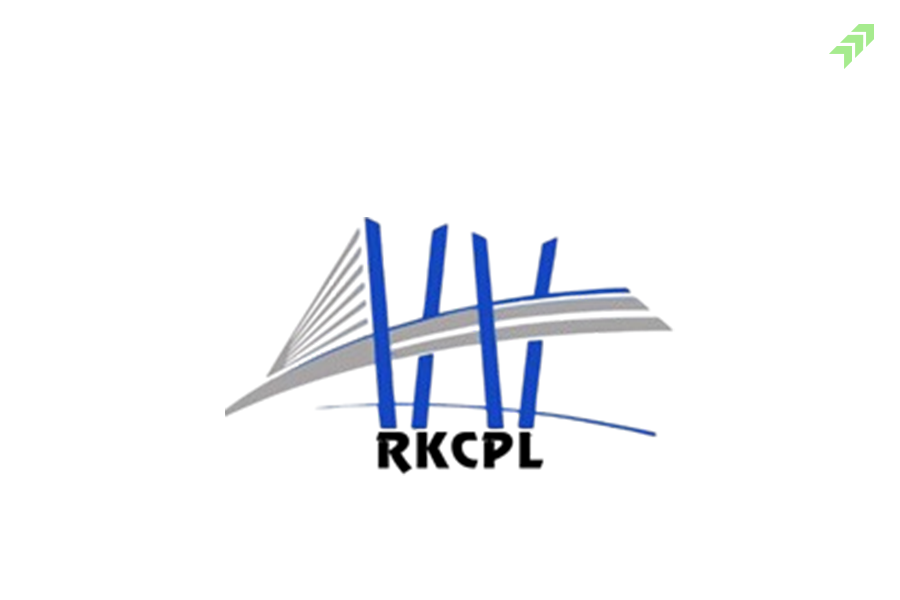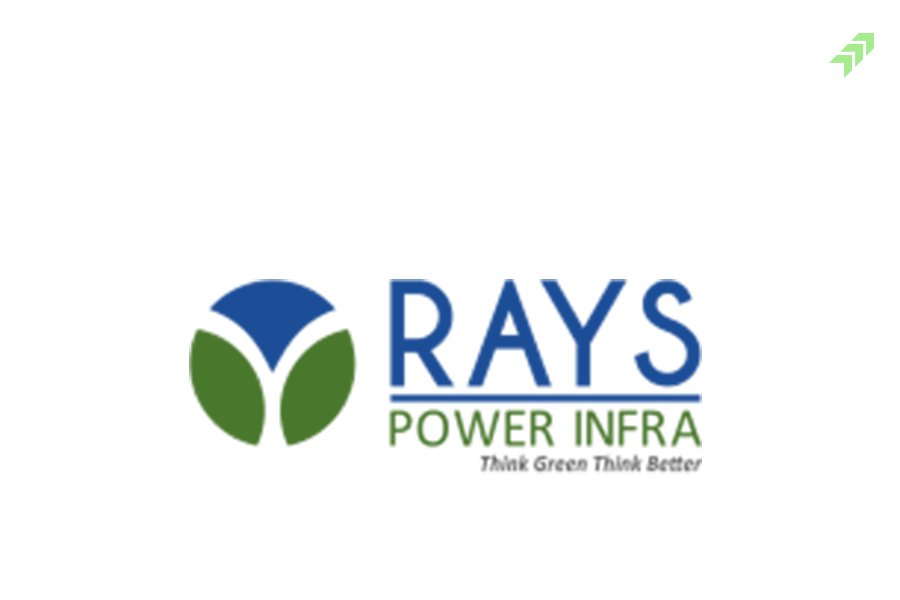Launching the IPO is the time taking and crucial process that involves several steps from hiring merchant bankers to drafting the documents and filing the same for approval with the centralized regulatory authority of the country. India Securities Exchange Board of India (SEBI) is responsible for regulating stock market-related activities including IPO launches.
Preparing and presenting the documents is one of the most crucial factors in initiating the IPO and launching the same in the primary market to get listed in the secondary market. These documents are presented with the SEBI before introducing the IPO.
The document filed with SEBI to get the approval is called draft red herring prospectus or DRHP with supplementary document red herring prospectus (RHP). Today we are going to discuss about these documents, what they are, what information they contain and how to read them to find out useful information about the company launching the IPO.
What is DRHP in IPO?
DRHP stands for draft red herring prospectus, is the first document that needs to be prepared by the companies mulling to raise funds through IPO. The DRHP is filed with the SEBI to get the official approval and go for the IPO launch to raise the funds.
The main motive of presenting this document is to provide investors the various crucial information about the company like the core business of the company, financials, company growth plan and the IPO fund where it will be used and the risk involved in the business.
Though, it is not the final document related to IPO, a more comprehensive and updated version of DHRP is RHP or red hearing prospectus that needs to be presented after the observation given by the SEBI seeking additional information about the company.
DHRP is usually prepared by the merchant bankers hired by the company to look after the IPO-related proceedings. Apart from SEBI, this document is also publicly presented with both the stock exchanges NSE & BSE and Registrar of Companies.
What Companies & Why do they need to file the DRHP?
Companies looking to raise funds by issuing the shares publicly have to go through the initial public offer (IPO). To launch the IPO, before approaching ROC, this document is mandatory to file with the stock market regulatory authority called SEBI.
DRHP contains all the information that is required to understand the business of the company, its management, financial performance, and risk in operations and businesses and why it is looking to raise the funds through IPO or where the amount will be used.
Once this important document is filled and reviewed by the SEBI and if there are any changes required it is recommended by the apex body. Then amended and final version of the document is requested, reviewed and approved by the SEBI, ROC and stock exchanges. This final document is called or becomes better known as Red Herring Prospectus (RHP).
What is RHP in Stock Market?
Red Herring Prospectus (RHP) is the amended or improved version of DRHP. However, the RHP contains IPO-related additional information like IPO dates, share price and latest financial statements. RHP is also known as Final Prospectus and contains the key and required information related to the business operations and prospects of the company.
Once the IPO offering has been made effective and is publicly available for subscription, the RHP is filed with the registrar of companies, and at least 3 days prior to the IPO issue opening. However, RHP is different from DRHP, as the latter is not an official document offering to sell the shares, while RHP is an official document to launch the IPO in the market.
Difference between DRHP and RHP
Both the documents are related to IPO and were filed with SEBI before launching the same in the primary market. However, they are different from each other in terms of information included in the documents and the timing of their filing with relevant authorities. However, we have tried to clarify below the key differences between the DRHP and RHP.
DRHP is an initial document prepared and filed with SEBI, to get the approval for launching the IPO. RHP is the final document or prospectus filed with SEBI for the proposal of IPO. DRHP is simply to help the investors understand the company.
DHRP contains the details and various information about the company, its business plan, financial position and a summary of all its business offerings. RHP encloses the full information of the company that is required by an investor before investing in the stock of any company offering equity shares in the market through IPO and FPO.
Also Read: Types of Risks Associated with Investing in the Stock Market
DHRP don’t have any information about the final IPO price, while RHP contains all the information related to IPO including the IPO price and the number of shares. DHRP don’t have this information as the IPO price is decided later based on the market evaluation.
DHRP is presented and filed with regulators for review and approval before launching the IPO, while RHP is filed once the DHRP is approved and RHP is requested before launching the IPO.
DRHP is shared by the company only at the time of IPO and not required at the time of launching a follow-up public offer (FPO). While RHP is required for launching the FPO.
DRHP is available for the public and can be obtained from the company’s website, merchant banker’s website, stock exchange websites or SEBI website. While RHP is only available on the official website of SEBI in the “Offer Document” section. However, after submitting the RHP, the IPO proposed company must publish a notice in at least one newspaper.
How to Read DRHP?
Reading the DRHP is not easy as you think because the information contained in this document is covered in more than four hundred pages. Apart from key information about the company, there are many things mentioned in this document. Analyst use this document to perform the fundamental analysis while preparing the research reports.
Also Read: Difference Between Fundamental Analysis and Technical Analysis
You need the patience to read such a long-tailing document and understanding to analyse the various factors related to the IPO and growth of the company. DRHP contains all the information that is required to understand the business of the company and risk factors while operating the business and the future growth plan of the company. Apart from this, there are various other information you can find in the DRHP let’s find out what are that.
DRHP Contains Information On:
Company’s Business Description
This section contains information on the nature of the business of the company. What exactly company manufacture, products, services and other business offerings? The operation market of the company is in domestic and overseas countries. And when you buy the shares of the company, how your invested money will be used in business operations?
If you are reading this document from an investment point of view you should understand the business model of the company, its core business operations and its main source of revenue. Also check the scope and demand of business offerings by the company in the coming years, which will be reflected in the stock price movement of the company.
Promoters and Top Management
The strategic growth and future plans are fully dependent on the promoters and top management of the company. They are the key personnel who are responsible for making strategic decisions and driving the future expansion plans of the company.
In DRHP you can find all the information about the promoters, management and major shareholders of the company. You can read their qualifications, the designations they are holdings in the company or if they pledged any share. Here you can also find info on any criminal cases or pending litigations running against any member of the company’s management.
Financial Information of the Company
This is one of the most important and you can say most interesting sections of the DRHP. This section of DRHP contains the audited reports and financial statements of the company. From the Profit and loss statement to the balance sheet and cash flow statement, you can find everything here related to income, expenses and assets or liabilities of the company.
You can check the revenue and net earnings growth of the company in the last three to five years. Compute the CAGR growth operating margins and net profit margins of the company, whether it is improving, decreasing or maintained by the company.
You can read all such information in the DRHP of the latest financial year till the date of the filing of the DRHP. For the latest of last quarter’s financial results, you can check the company’s website or RHP document filed with the SEBI just before launching the IPO.
Economy and Industry or Sector View
Along with the company’s business information in the DRHP document, you can also find the current economic conditions of the company its industry or sector-related information. According to current and future economic conditions, the demand for the business offerings of the company will be affected by future growth prospects.
You have to read the economy and industry overview and aspects affecting the company’s business or industry trend. And also reads and analyses the market share of the company in the industry and its competitors with their market position in the industry. In DRHP you can find all the information that is very important for an investor looking to buy its share.
Risk Factors with Company’s Operations
Apart from all the positive factors that would be responsible for the growth of the company, the DRHP also contains comprehensive information on various potential risk factors that can affect the business operations and growth of the company.
You can read this section carefully and find out if there are any legal cases running against the company or its promoters. Regulatory framework and Government’s rules and norms towards the industry in which the company is operating and their impact on investors.
Use of Proceedings from the IPO
The main motive behind submitting the DRHP is raising the funds through IPO, and this document contains the information about the funds raised through IPO – how and where it will be used. You can find detailed information on the amount how it will be utilized in various activities of the company to increase its revenue or enhance its wealth.
In this section, you can find the total funds invested into the company by various investors like private equity investors and promoters. The fund will be raised through an IPO contains an offer for sale by existing shareholders like promoters or investors selling their portion of the stake. Fresh shares will be issued by the company to pay the borrowings, meet its working capital requirements or finance the acquisitions or any other project by the company.
Time Gap between DRHP and RHP
When a company files the DRHP with SEBI for approval it takes around 4 to 6 weeks to approve the same, if there are no major changes required. It takes at least three months for an IPO to launch after submitting the DRHP document with SEBI.
When DRHP is approved by the SEBI, it can take up to six weeks for the company to introduce the IPO in the market. Usually when the DRHP is approved by the SEBI, it becomes the RHP and if any other information is requested by SEBI before approving the DRHP, then the RHP is submitted by the company which takes another week to get the approval by SEBI.
RHP contains more information like amended data and the latest financial statements as requested by the SEBI. Overall the time gap between DRHP and RHP is 4 to 6 weeks depending on getting the approval of all these documents. And the RHP also has to be filed with the registrar of companies, at least 3 days prior to the IPO issue opening.
How to Download DRHP and RHP?
When the company submit the DRHP and RHP with SEBI and gets approval to go for the IPO launch, then it also needs to be submitted to the stock exchanges and registrar of companies. The final and approved copies of both these documents need to be made publicly available for the stock market analysts and investors so that they can also read the same and analyse the various factors before deciding whether to invest in the IPO of the company or not.
Also Read: What to Check Before Buying IPO: Things to Know & Is it Safe
To download the DRHP and RHP you can find various online sources as it is now publicly available for the common people to read. However, downloading the same from reliable sources or relevant websites is important to get the original and authenticated document approved by the SEBI.
You can download the DRHP and RHP directly from the websites of SEBI, NSE, BSE and registrar of companies or you can also download the same with your broker’s website if they are providing the link of such documents or upload the same on their website for their clients or investors.
Wrapping-up
DRHP and RHP are both the key documents that are necessary to file with regulatory authority to get approval before launching the IPO. This document contains all the useful and authenticated information about the company and that is necessary for an investor to analyse the various factors before investing in the stock of any company.
Also Read: What to Know Before Investing in Stocks: 10 Things to Consider
Though, DRHP is filed with SEBI and later one becomes the RHP when the final version of the same is presented just before launching the IPO. The latter one also contains the various details associated with the IPO, hence along with DRHP you must also read the RHP to get the latest information like up-to-date financial statements of the last quarters of the company.
These DRHP and RHP both are long-tailing documents you need patience and knowledge to analyse the various sections to find out whether the company is worth to invest or not. Here you need market experts who know very well, how to read these documents find the key information from both documents and prepare a concise researchreport.
These market experts also send the IPO update reports to their respective clients or upload them on their website under the IPO section with all key details highlighted with recommendations to apply in the IPO or not. Here Moneysukh can help you to check the IPO details and know about such investments with one of the best online share trading and investing platforms for all types of investors.
Also Read: Trading or Investing Which is Better and More Profitable
Moneysukh offers the best application for trading to invest in equities, commodities and forex markets with the most advanced online trading software like Trade Radar to invest or trade in stocks at the cheapest brokerage fees in the industry.
Moneysukh is also one of the best discount brokers in India providing a one-stop investment and advanced trading solution to traders looking to enjoy high-frequency trading with the best algo trading platform and trading strategies at one click.
Also Read: What is Algo Trading How it Works and is it Profitable
Apart from an automated Algo trading software, it also provides recommendations and tips for intraday trading and long-term investments given by highly experienced market experts. If you want to enjoy these facilities just open a trading and demat account with Moneysukhand you can choose to invest in equity, commodity and currency with an opportunity to enhance your wealth by investing your money into such high-return and high-risk instruments.
Also Read: 7 Biggest Mistakes To Avoid While Doing Intraday Trading


















No comment yet, add your voice below!